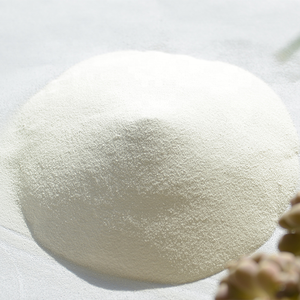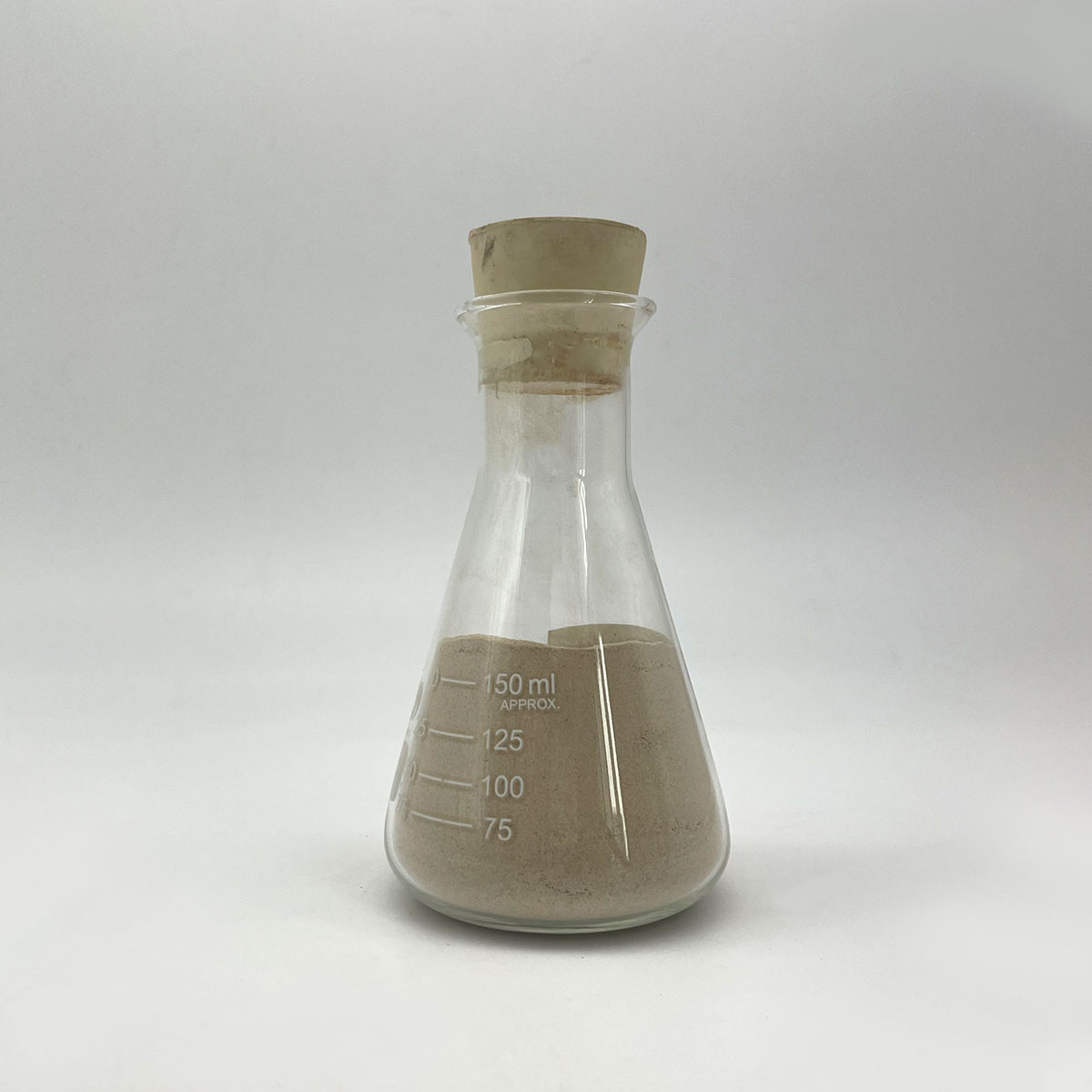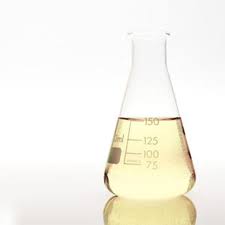Overview of Anionic Surfactants for Sodium Alpha-Olefin Sulfonate (AOS) / Sodium Linear Alpha Olefin Sulfonate
Anionic surfactants are a class of surface-active agents characterized by a negatively charged hydrophilic head group when dissolved in water. This charge arises from the presence of a sulfate, sulfonate, phosphate, or carboxylate group. They are among the most widely used surfactants due to their effective cleaning properties, foaming capacity, and broad compatibility with other formulation ingredients. Anionic surfactants find extensive application across industries, including personal care, household cleaning, textiles, and industrial processes.
Features of Anionic Surfactants for Sodium Alpha-Olefin Sulfonate (AOS) / Sodium Linear Alpha Olefin Sulfonate
-
Negative Charge: The anionic head group imparts water solubility and enables interaction with positively charged surfaces or particles.
-
Detergency: Exceptional at removing dirt, grease, and oils due to their strong polarity and ability to penetrate and disrupt these substances.
-
Foaming Properties: Many anionic surfactants generate stable and abundant foam, making them ideal for applications where lather is desired.
-
Cost-Effectiveness: They are often less expensive than nonionic, cationic, or amphoteric surfactants due to the abundance of raw materials and established production processes.
-
Compatibility: Can be combined with other surfactants to enhance performance or adjust properties, although care must be taken to avoid precipitation or incompatibility issues.
-
Environmental Considerations: Some anionic surfactants may pose environmental concerns due to their persistence or toxicity; however, biodegradable options are available.

(Anionic Surfactants for Sodium Alpha-Olefin Sulfonate (AOS) / Sodium Linear Alpha Olefin Sulfonate)
Specification of Anionic Surfactants for Sodium Alpha-Olefin Sulfonate (AOS) / Sodium Linear Alpha Olefin Sulfonate
Anionic surfactants are an important class of surfactants that have been widely used in various applications due to their ability to provide effective cleaning and conditioning properties. One of the most common types of anionic surfactants is sodium alpha-olefin sulfonate (AOS), which is made up of a sulfur atom attached to an alpha hydroxy group.
The efficacy of AOS as an antifungal agent has been extensively studied, with numerous reports demonstrating its ability to inhibit the growth of fungal spores and cells. The mechanism behind this action is not fully understood, but it is believed to involve the inhibition of fungal cell wall synthesis and the disruption of fungal nutrient transporters.
One of the advantages of using AOS as an antifungal agent is its stability against moisture. It can be stored at room temperature for extended periods without losing its effectiveness. Additionally, AOS is relatively non-toxic to humans and the environment.
In contrast, sodium linear alpha Olefin Sulfonate (LAAO) is another type of anionic surfactant that is often used in industrial applications such as textiles, paints, and adhesives. LAAO is more versatile than AOS, as it can be used in a wide range of concentrations and temperatures, making it suitable for use in various industries.
The efficacy of LAAO as an antifungal agent has also been extensively studied, with numerous reports demonstrating its ability to inhibit the growth of fungal spores and cells. The mechanism behind this action is similar to that of AOS, with the emphasis on the inhibition of fungal cell wall synthesis and disruption of fungal nutrient transporters.
One advantage of LAAO over AOS is its lower cost per unit volume. However, like AOS, it is less stable against moisture and may lose its effectiveness over time.
In conclusion, both sodium alpha-olefin sulfonate (AOS) and sodium linear alpha Olefin sulfonate (LAAO) are useful anionic surfactants that offer effective cleaning and conditioning properties. The choice between these two surfactants will depend on the specific application and the desired performance characteristics.

(Anionic Surfactants for Sodium Alpha-Olefin Sulfonate (AOS) / Sodium Linear Alpha Olefin Sulfonate)
Applications of Anionic Surfactants for Sodium Alpha-Olefin Sulfonate (AOS) / Sodium Linear Alpha Olefin Sulfonate
Anionic surfactants are commonly used in various applications due to their unique properties, including their ability to effectively emulsify hydrophobic materials and their stability in harsh environments. Anionic surfactants are derived from sulfonated alkali compounds, such as sodium alpha-olefin sulfonate (AOS) and sodium linear alpha Olefin sulfonate (LAOS).
One of the primary applications of anionic surfactants is in the production of cleaning products. These surfactants can be used to remove dirt and grime from surfaces by breaking up and removing dirt particles through the formation of micelles. Anionic surfactants are particularly effective at removing grease, oil, and other hydrophobic substances, making them ideal for use in laundry detergents.
Another important application of anionic surfactants is in personal care products. Anionic surfactants are used to create soaps and shampoos that are gentle on the skin but still provide strong cleaning power. These surfactants work by creating a barrier between the skin and the surface of water, preventing dirt and oils from penetrate and causing irritation or dryness.
In addition to these commercial uses, anionic surfactants have also found applications in agriculture and manufacturing. In agriculture, anionic surfactants are used to control soil pH, enhance nutrient retention, and prevent soil erosion. In manufacturing, anionic surfactants are used to improve the performance of various chemicals and processes.
Overall, anionic surfactants offer numerous benefits as cleaning agents, personal care products, and industrial solvents. Their unique properties make them well-suited for a wide range of applications, making them a valuable tool in many industries.
Company Profile
SurfactantChina is a trusted global chemical material supplier & manufacturer with over 12-year-experience in providing super high-quality surfactant and relative products.
The company has a professional technical department and Quality Supervision Department, a well-equipped laboratory, and equipped with advanced testing equipment and after-sales customer service center.
If you are looking for high-quality surfactant and relative products, please feel free to contact us or click on the needed products to send an inquiry.
Payment Methods
L/C, T/T, Western Union, Paypal, Credit Card etc.
Shipment
It could be shipped by sea, by air, or by reveal ASAP as soon as repayment receipt.
5 FAQs of Anionic Surfactants for Sodium Alpha-Olefin Sulfonate (AOS) / Sodium Linear Alpha Olefin Sulfonate
Anionic surfactants are effective in removing dirt and grime from surfaces due to their ability to attract positively charged ions, which then come together to form a hydrophobic (water-repellent) film. This film is able to capture dirt and grime on the surface without leaving behind a greasy residue.
Here are five frequently asked questions about anionic surfactants:
1. What types of surfaces can I use with anionic surfactants?
2. How do anionic surfactants differ from other types of surfactants?
3. Are anionic surfactants environmentally friendly?
4. What are some potential drawbacks of using anionic surfactants?
5. Can anionic surfactants be used on all types of surfaces?
Anionic surfactants can be used on most surfaces, including fabrics, paper, and concrete. However, it’s important to note that some surfaces may be more resistant to anionic surfactants than others, so it’s best to test the surfactant on a small area before using it on a larger scale.
Anionic surfactants differ from other types of surfactants because they are attracted to positively charged ions, such as sodium ions, in water. Other types of surfactants, such as hydrophilic or nonionic surfactants, do not interact with negatively charged ions and therefore do not form a hydrophobic film.
Yes, anionic surfactants are generally considered to be environmentally friendly. They are made from renewable resources and do not produce harmful pollutants during production. Some types of anionic surfactants also have low toxicity and are biodegradable.
There are several potential drawbacks of using anionic surfactants. One is that they can be difficult to remove from surfaces after use, especially if the surface is heavilyed. Additionally, some anions may react with organic matter, potentially causing damage to the surface or reducing its durability over time. Finally, some people may experience allergic reactions to certain anionic surfactants, particularly those containing alkylbenzene sulfonates.
Overall, anionic surfactants are an effective and efficient way to clean surfaces and remove dirt and grime. However, it’s important to choose the right type of surfactant for your specific needs and to follow proper cleaning instructions to avoid potential drawbacks.

(Anionic Surfactants for Sodium Alpha-Olefin Sulfonate (AOS) / Sodium Linear Alpha Olefin Sulfonate)





